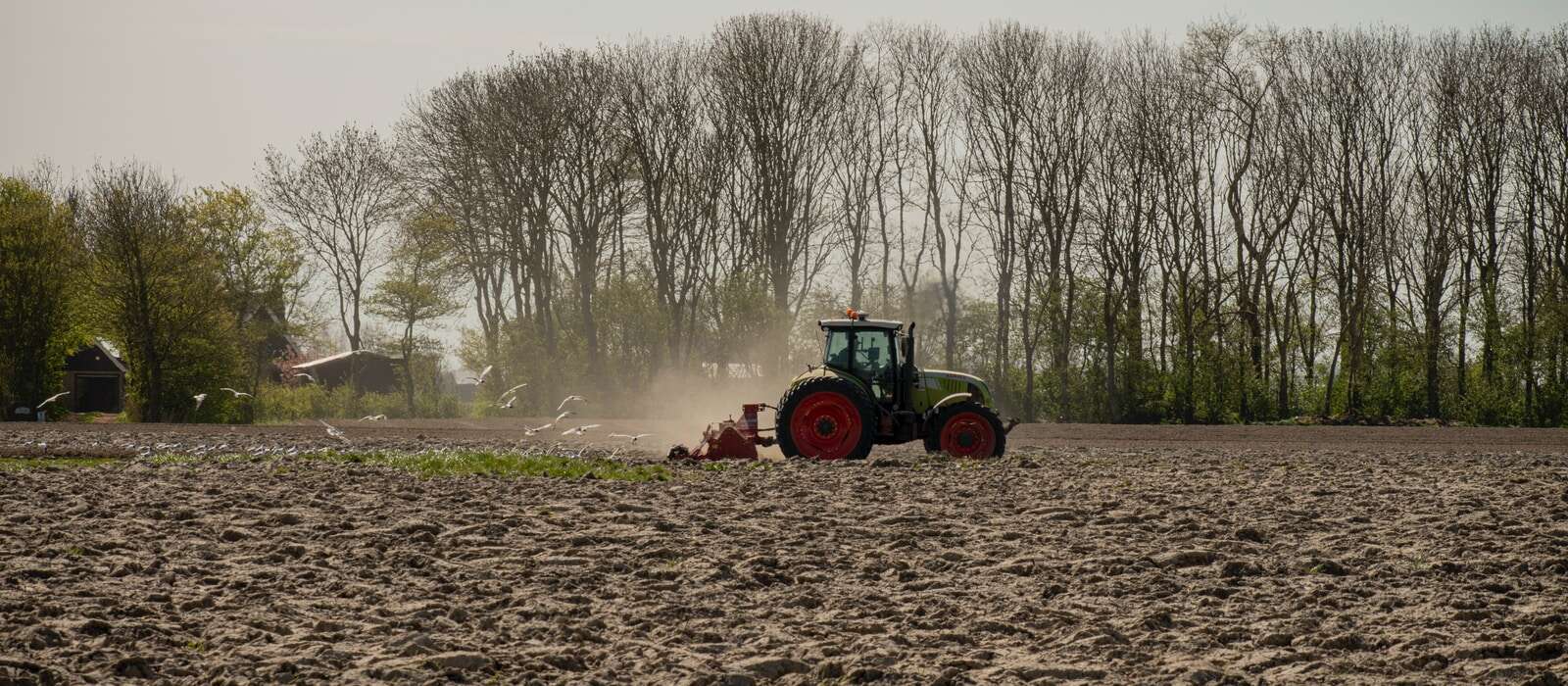The ongoing drought in many parts of Canada is raising concerns that food crops could be facing disaster this spring. But one University of Guelph crop researcher says it may too early to panic.
Dr. Joshua Nasielski is a professor of agronomy in U of G’s Department of Plant Agriculture in the Ontario Agricultural College who studies field crops such as spring wheat, corn, soybeans and legumes.

He notes this has so far been one of the driest springs in decades across many parts of southern Ontario, the Maritimes and the Prairies.
But Nasielski says the good news is that farmers in Quebec and Ontario have already wrapped up their spring planting and were able to plant in good conditions.
“They’re now just waiting for some rainfall, and I think we’ll get more panicky if in the next two or three weeks it stays like this,” he says. “But it’s still a bit too early to really get worried for almost all of the crops that are grown in Quebec or Ontario.”
In eastern Canada and on the Prairies, it’s a different story, Nasielski believes.
“They just may not have the moisture. Their crops might not be emerging, and they might be thinking about replanting.”
As for what farmers can do during droughts, there are a few options, says Nasielski.
“The obvious one would be irrigation, but that’s fairly expensive and normally reserved for higher-value crops like vegetables, fruit crops, orchards and such,” he says.
“Another thing that farmers already have been doing this spring is just planting deeper: adjusting their planters so they can get their seeds into moister soil so they can actually germinate and emerge. They might also choose to delay fertilization until plants are well-established. But that’s about all they can do besides wait for rain.”
If the dry weather does become a longer trend, it would likely affect canola crops out west, while further east it would hurt the crops used to make animal feed.
“But again, I think it’s a little bit too early to panic and make forecasts about food prices in May. We don’t know if this will result in a five-per-cent yield reduction or 30 per cent. It’s still too early in the season to know.”
Nasielski is available for interviews.
Contact:
Dr. Joshua Nasielski
nasielsk@uoguelph.ca
